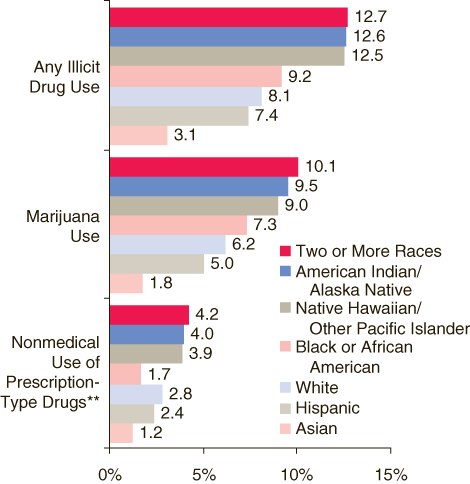Minneapolis Mayor R.T. Rybak injected race into the equation of Minneapolis’ murder rate today when answering a question posed by Morning Edition host Cathy Wurzer. She asked him about why so many murders are occurring this year in his city, whereas last year was remarkably quiet?
-
Audio not found
Rybak told Wurzer that white, middle-class Minnesotans are buying marijuana “with a little wink and a nod, thinking it has nothing to do with anything. It is literally paying for bullets that kill people.”
“What fuels a gang? Where is the money right now? It’s in the marijuana trade. Where’s the money in the marijuana trade. Frankly, white middle-class Minnesota is buying marijuana and with a wink and a nod thinking it has nothing to do with anything. It is literally paying for bullets that kill people. So anyone listening here who feels they’re not connected to this, wants to help in any way, spread that message. That any person who thinks that it is OK to be involved in what is an underground economy that is violent, spread that message. Boycott the people who are killing people… I believe that anybody who buys marijuana… is directly or indirectly giving money to gangs.”
It’s undeniable, of course, that white people — like people of color — buy marijuana. But making a connection between an increase (and not a small one) in the number of murders in Minneapolis and the number of white people buying marijuana, implies that there’s been a big jump in the number of white people buying marijuana. Rybak offered no such proof. He also offered no data to show that the money in gangs is primarily from marijuana, although it certainly may be. There’s also been no data supplied to indicate the white people who buy marijuana do so in a state of denial that the money ends up in the hands of gangs, or whether they do know the money ends up in gangs, but don’t care.
Rybak’s distinction of marijuana vs. other illicit drug use makes the racial angle easier to inject. But the National Survey on Drug Use and Health in 2007 (based on ’04-’05 data) reported that illicit drug use overall — and even use of marijuana alone — is more prevalent among non-whites.

Rybak also stayed away from the term “gang war,” preferring instead to refer to the problem as one between people who know each other and are into drugs and guns.
Last fall, MPR’s Gary Eichten asked Rybak why crime was dropping in his city. Rybak took credit for it.
“In Minneapolis, we said public safety was going to be job one. We put more money into it, we put more technology into it, and we also put the focus upstream on youth violence prevention. And the results are pretty significant in the city of Minneapolis — double-digit crime decreases for three straight years. Homicide rate the lowest in 20 years, and my favorite: juvenile crime down 40 percent. That’s success and that’s hard-working police and people in the community partnering with them, and that’s everyone in the community looking in the mirror and saying, ‘we’re going to do hundreds of little things and many, many big things to make sure we raise our kids right. And we are really proud in Minneapolis that the community has come together to drive crime so far down. We have a long way to go.”
What Rybak didn’t say then, however, is that the drop in crime rate was a fluke. In fact, he pointed out that the drop in crime in Minneapolis was not mirrored in cities, such as Chicago and Philadelphia.
In today’s interview, Rybak again acknowledged the work of police, but then said “we’re not going to have years like that every year.”
Rybak outlined efforts his administration is taking to stem the crime problem in Minneapolis, but never really answered — because he was never really asked — to explain how one year’s drop in crime can be attributed to the actions of police and politicians, but an increase in crime can’t be.
“I don’t want to be too specific,” he said. “But we’re doing a lot.”
On that same Midday broadcast last year, St. Paul Mayor Chris Coleman said he was taught by St. Police police chief John Harrington not to, “take credit for crime rates going down, unless you’re prepared to accept blame if they go up.”
In truth, of course, there are no easy answers to the question of crime and gangs. Why do people end up in gangs in the first place? Consider this from the Drug Policy Alliance: The war on drugs.
The racial disparities in drug arrests and convictions have had a devastating effect on families. Of the 1.5 million minor children who had a parent incarcerated in 1999, African American children were nearly nine times more likely to have a parent incarcerated than white children and Latino children were three times more likely to have a parent incarcerated than white children.
The racial inequalities of the war on drugs also disproportionately affect pregnant women of color. Despite similar or equal rates of illegal drug use during pregnancy, African American women are ten times more likely to be reported to child welfare agencies for prenatal drug use. In a recent Supreme Court case, Ferguson vs. the City of Charleston, the practice of drug testing pregnant women without their consent and prosecuting the mothers for “distributing an illegal substance” to an unborn child through the umbilical cord was challenged under the Fourth Amendment right to privacy. Out of the 30 women who were arrested at the South Carolina hospital,29 were African American. The one white woman arrested was married to a Black man – a fact noted on her medical record.
What can be done? This might be one of the issues on which the most accurate answer is the one politicians least like to give: “I don’t know.”
